Future Fruit Inspired by the Original
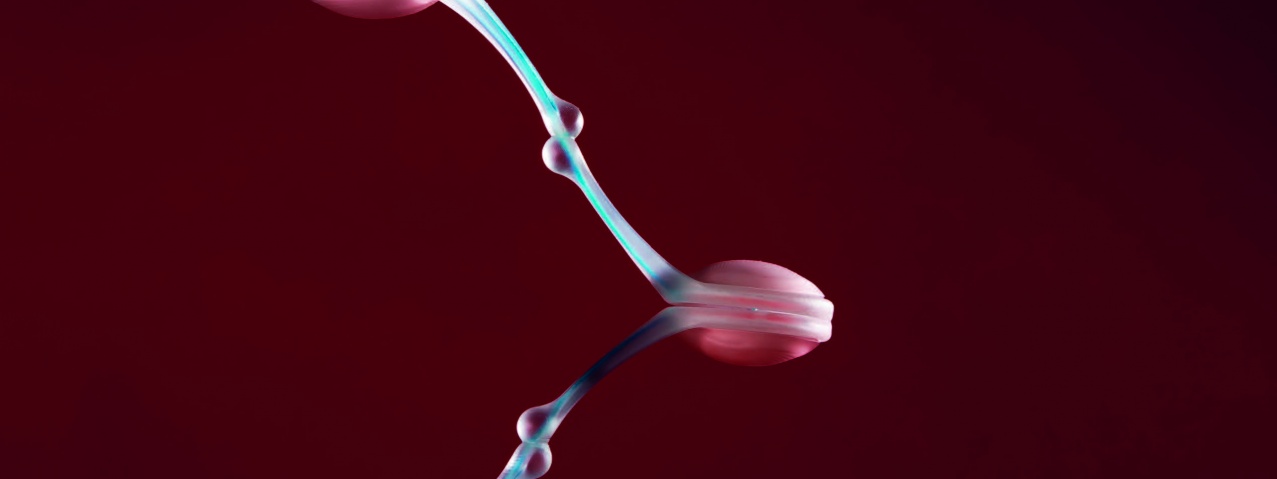
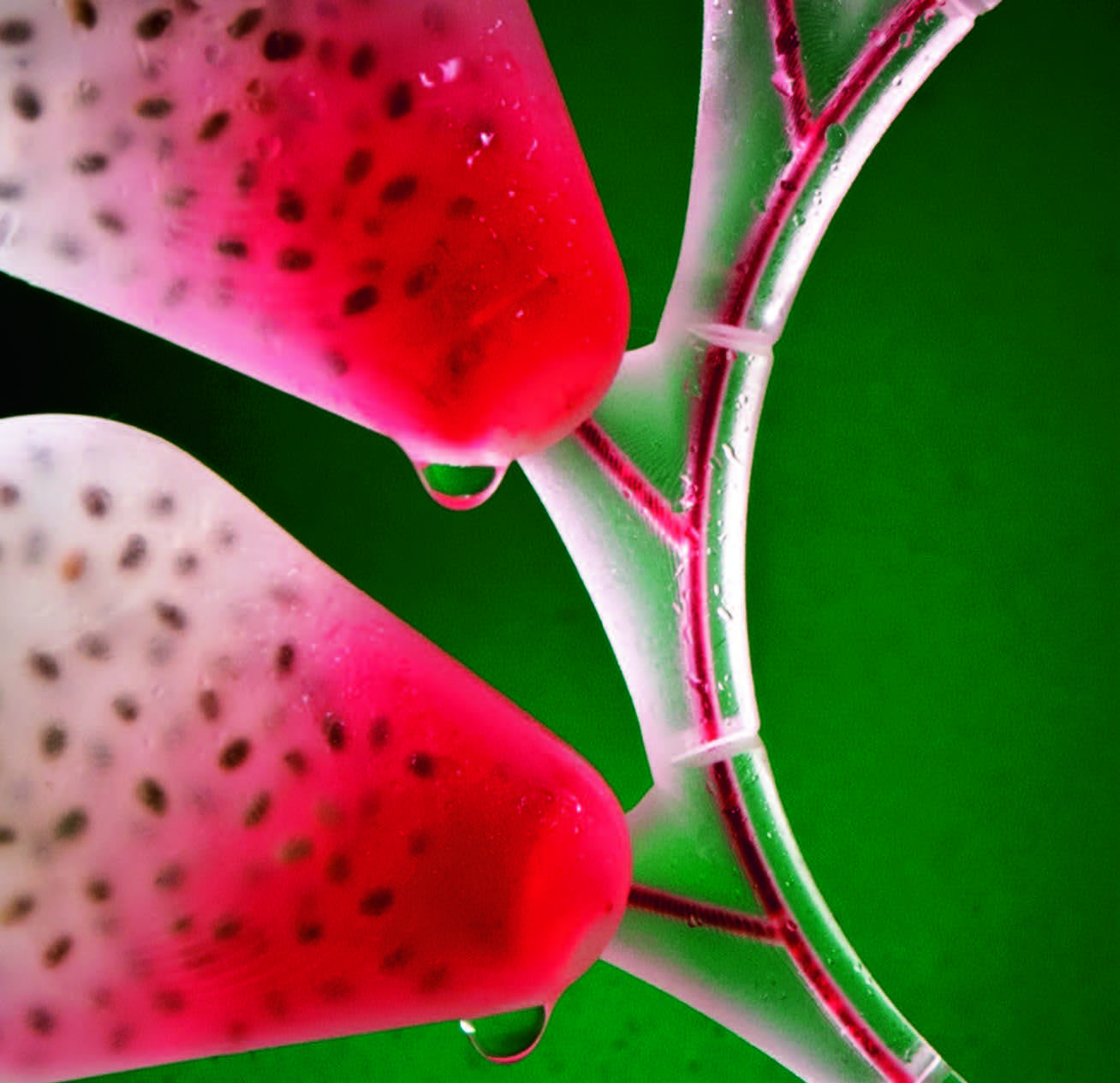
|
Designers and scientists have long been experimenting with the form of food for the future. Few, however, have been as visually stunning and technically sophisticated as Neo Fruit. Neo Fruits are 4-D printed fruit-shaped vitamin supplements that give a glimpse of what is possible in the future of technology-mediated nutrition. That said, their designer, Meydan Levi, intends for them to also remind us, as food consumers, of a continuing imbalance between the food industry and nature. Levi's work pinpoints what has been lost to the industrialisation of contemporary food production and processing techniques, that now delivers food of poor nutritional value and provides a diminished eating experience. Levi chose fruit as his subject because, "It is the earliest human-compatible food, and the main ingredient amongst humanity's nutritional resources." He continues, "Fruit provoke emotions and desires, have a perfect packaging, they interact with their consumers, using colour to indicate which minerals and vitamins they contain, what their flavour is, and how ripe or rotten they are. A whole world of visual, sensual, nutritional and practical experience bundled together in each fruit." Neo Fruit was designed to fill a gap in the full sensual eating experience that is missing in commonly available food supplements. Currently available nutrition supplements lack a relation between shape and content, and are usually produced as powders, capsules or spheres. By contrast, Neo Fruit is proposed as a future food, which carefully considers shape and content as being critical to the eating experience. 4-D Printing Future Fruit This project is inspired by the perfection found in nature, but pushes it to another dimension by incorporating the cutting-edge technology of 4-D printing. Having the ability to use cellulose, an organic material, to 3-D print the fruit shape opens the doors of endless options. Digital printing techniques not only allow the fruit to have familiar shapes and colours, but adds an extra dimension, whereby the printed object gains different purpose and shape by adding extra elements in post-printing. Levi explains the 4-D process, "We printed a flat structure of a peel and filling made of cellulose. This dry structure is enriched with phytochemicals. Micro-tubes were implemented in the structure of these fruits. After printing, mineral and vitamin enriched liquids are injected into the micro-tubes. With the injected liquid, the fruit comes to life. Its volume, colour, texture, flavour and final structure will be finalised. Adding liquid allows the creation of a 4-D print, as it transforms from a lifeless printed object to a vital being." There are numerous advantages gained from adding this fourth dimension of liquid post-printing, as it reshapes itself into a finished product. These include, making the print space very efficient, a saving that also translates to packaging and storage. Importantly, adding water gives the ability to create a dynamic, life-like object, and the liquid itself could also be used to indicate shelf life. Levi is buoyant about future possibilities, "This technology, 4-D printers, and this material, Cellulose, enable us to think of future foods in a colourful and creative way, very different from the dystopian more common vision of food supplements and future foods. This vision is of an advanced society, considering health and nutrition as a full experience, all while considering the environment. In fruit resides the power to drive passion and renew our cultural ties to nature." |
Others

Latest News | 16 July 2021
2nd Hong Kong Denim Festival
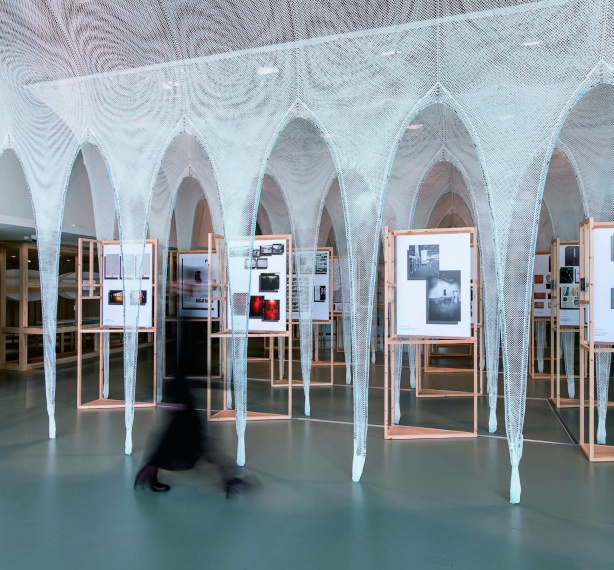
Latest News | 16 July 2021
Dai Fujiwara: The Road of My Cyber Physical Hands
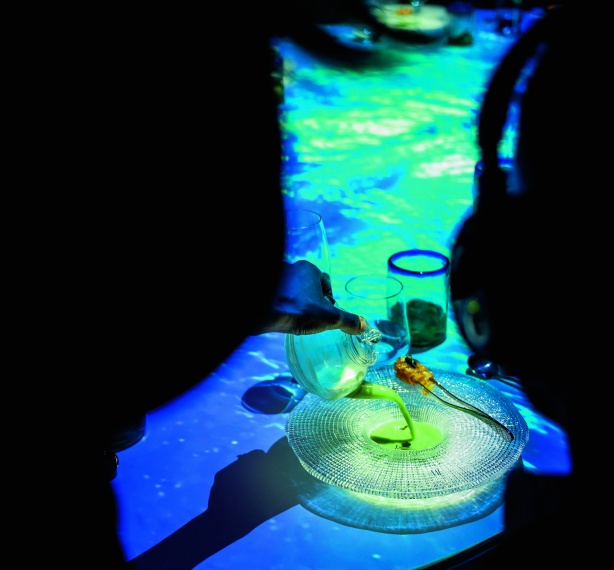
Latest News | 16 July 2021
Rethinking the Everyday: Food Non Food
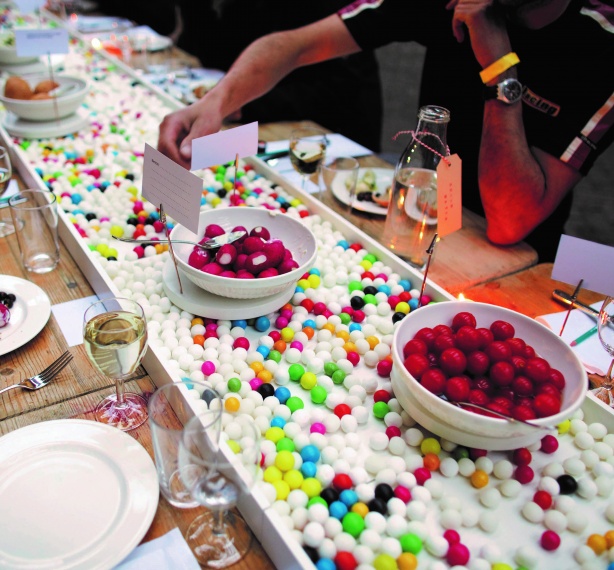
Latest News | 16 July 2021
Food + Imagination = A Recipe For Change

Latest News | 16 July 2021
The Peel-to-Cup Orange Juice Bar
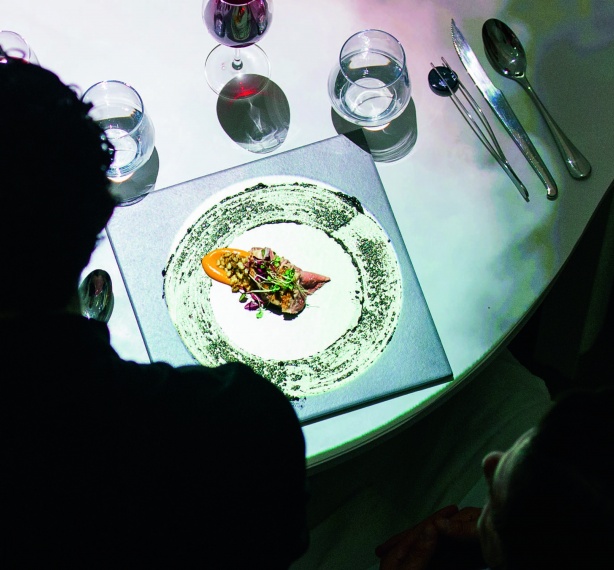
Latest News | 16 July 2021
The Multi - Sensory Language of Life
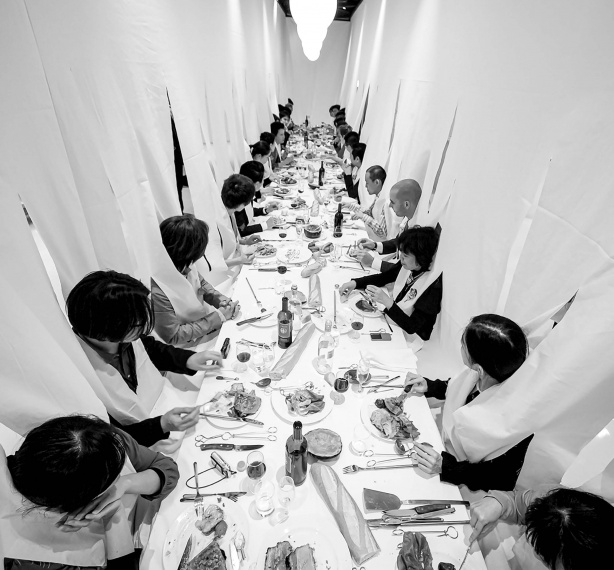
Latest News | 16 July 2021
Re-thinking Food's Future
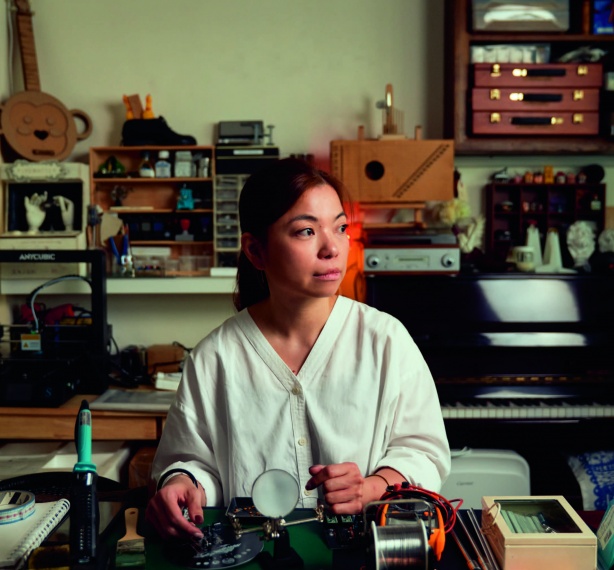
Latest News | 16 July 2021
The Moon is Leaving Us: A Scientific Exploration of the Arts
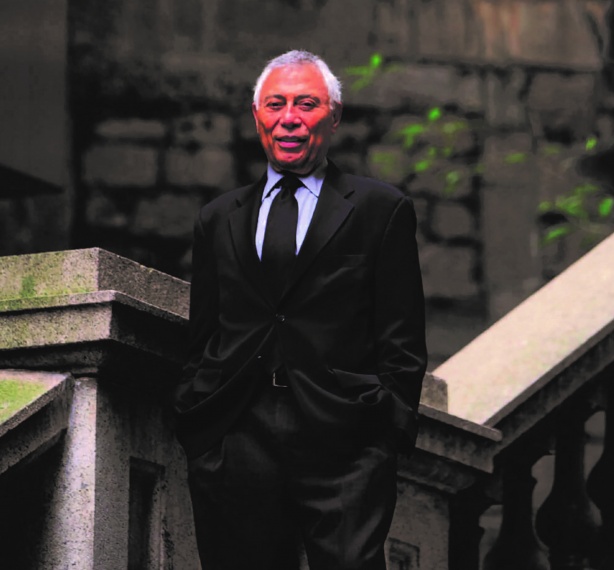
Latest News | 16 July 2021
Look: The Graphic Language of Henry Steiner

Latest News | 16 July 2021
Emerging Design Talents 2021 : DESIGN FOR HUMANITY
